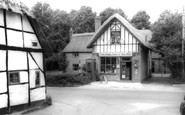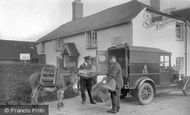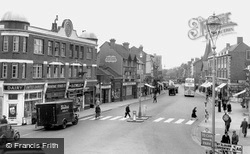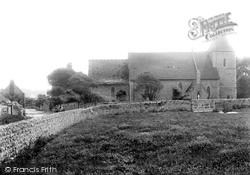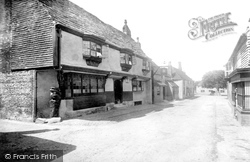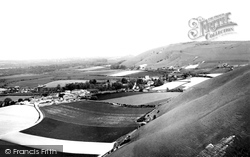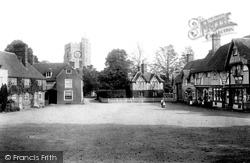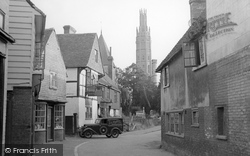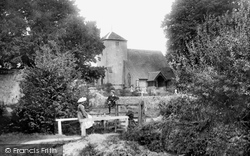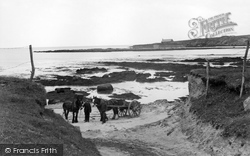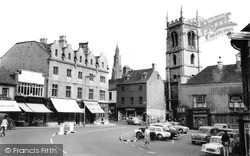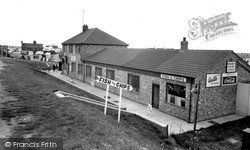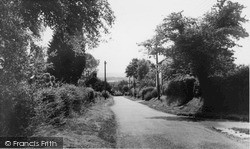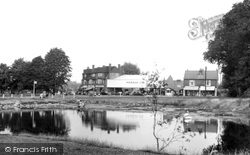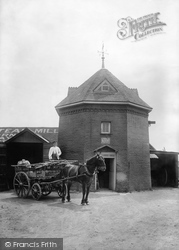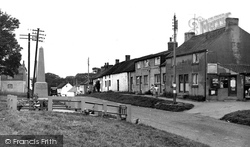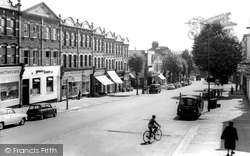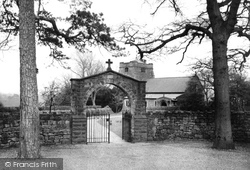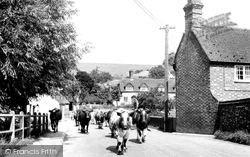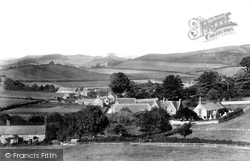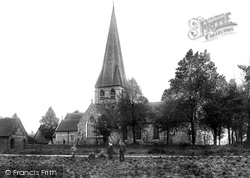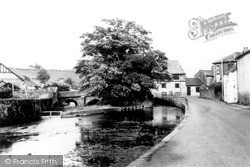Places
36 places found.
Did you mean: downs or doune ?
Those places high-lighted have photos. All locations may have maps, books and memories.
- Bangor, County Down
- Newcastle, County Down
- Greyabbey, County Down
- Donaghadee, County Down
- Downpatrick, County Down
- Portaferry, County Down
- Dromore, County Down
- Downings, Republic of Ireland
- Hillsborough, County Down
- Killyleagh, County Down
- Ardglass, County Down
- Rostrevor, County Down
- Dundrum, County Down
- Newtownards, County Down
- Warrenpoint, County Down
- Ballygowan, County Down
- Ballywalter, County Down
- Ballyward, County Down
- Bishops Court, County Down
- Boardmills, County Down
- Culcavy, County Down
- Katesbridge, County Down
- Killough, County Down
- Millisle, County Down
- Portavogie, County Down
- Saul, County Down
- Seaforde, County Down
- The Diamond, County Down
- Audleystown, County Down
- Kearney, County Down
- Annaclone, County Down
- Ballyhalbert, County Down
- Ballymartin, County Down
- Clare, County Down
- Conlig, County Down
- Dollingstown, County Down
Photos
1,089 photos found. Showing results 1,541 to 1,089.
Maps
459 maps found.
Books
47 books found. Showing results 1,849 to 1,872.
Memories
8,148 memories found. Showing results 771 to 780.
Growing Up
I was born in the former Mechanics Institute in Derwent Street, Blackhill in 1946 where my grandfather was the caretaker. My name was Ann Wall and my grandparents' name was Redshaw. My mother lived with my grandparents in the ...Read more
A memory of Blackhill in 1946 by
Growing Up In Kielder
Living in Kielder from a child to a man ... I lived in Kielder from 1974-1995. I loved the way you could keep your front door unlocked. I could hear the river passing by my bedroom window, this was how quite it was. I am sure ...Read more
A memory of Kielder by
My Grandparents
My grandparents lived at Fern Cottage. They moved there before the war and had two children, Dick and Jean. Dick was based at Wick and died in the war. Jean, my mum, married and had me and my sister. I have wonderful ...Read more
A memory of Cropwell Bishop in 1960 by
6th Northwood Scouts Go Hostelling
I remember staying at the youth hostel in Greens Norton with the patrol leaders of the 6th Northwood Scout Group. I was an ASL (Assistant Scout Leader) with the troop for several years and as I had always ...Read more
A memory of Greens Norton in 1980 by
Nether Wallop 1930 1940
My uncle, Sir Howard Button. bought 2 cottages, Mallows and Yew Tree Cottage and a house, Straw Hall, in 1915. I have an album of photographs of the cottages from 1915 - 1926. My uncle let us (my parents, my brother ...Read more
A memory of Nether Wallop in 1930 by
Old Bull Morris Men Dance At The Old Guinea Pub
The Old Bull Morris Men were based at the Old Bull Arts Centre in nearby Barnet and would regularly turn out to perform at pubs in south west Hertfordshire around 1979 - 1981. Originally ...Read more
A memory of Ridge in 1980 by
Arrival Of Mail At Higher Clovelly Po.
This photo shows the arrival of Royal Mail being deliverd to the Post Office at Higher Clovelly. The mail for Clovelly village was then loaded on to the donkey and taken down the steep cobbled street to the Post ...Read more
A memory of Clovelly in 1930 by
Home
I was born in 1 Georgina Cottages. My family have a long history in the village. My first school was just down the hill from where I lived at the time, it is now a large house. In the club where the new shop is was my local to have a drink ...Read more
A memory of Witchampton in 1954 by
Childhood In Benham Valence
It was in April 1950 that I was born in the Victorian wing of Benham Valence - actually in the flat above the garages - a very primitive dwelling with no bathroom or indoor toilet. Unfortunately the whole wing was ...Read more
A memory of Benham Park in 1950 by
The Keelings 1940 Evacuees
My sister, Joy, elder brother, Richard and myself, John Keeling, were evacuated to Llanharan in June 1940. After a short time Richard and myself were placed with a lovely old lady at 12 Seymour Avenue, Mrs Surridge. I do ...Read more
A memory of Llanharan in 1940 by
Captions
2,258 captions found. Showing results 1,849 to 1,872.
Tom Walls made 'Derby Day' in 1952, and when 'Esther Waters' was filmed in 1947 the downs were populated by tin people, who were cheaper by the day than crowd extras.
A view down the hill towards London, with the Wellington pub on the right sporting its sign depicting the Duke.
The field in the foreground, with its flint wall, lies to the south of East Blatchington Farm; the view looks south down Blatchington Hill, the village main street, with Belgrave Road passing in front
The tour moves south-west to Alfriston, situated in the River Cuckmere valley where the river cuts through the South Downs chalk.
Here the photographer looks north-west from near the hillfort that occupies the crest of the ridge, towards Poynings village and the scarp of the South Downs beyond at North Hill and Newtimber Hill.
Here we see the heart of what many claim is Kent's prettiest village: the tower of its 15th-century flintstone church of St Mary's looks down on this spacious square lined with half-timbered Tudor and
Water from the pump was used by the blacksmith to cool down and shrink the red-hot iron tyres he fitted to wooden wagon wheels.
This was constructed in the early 19th century by Walter May so that he could enjoy a prospect of the sea; however, the South Downs prevented his dream from being realised.
We are just below the South Downs on the road between Midhurst and Chichester; this view looks across a footbridge over the stream that feeds into the Rother near Midhurst.
In the foreground, a local farmer has brought his horse and cart down the sandy lane to load a cargo or perhaps to collect seaweed to strew over his fields as fertiliser.
Today a wonderfully complicated tourist sign stands here, with arms pointing down each of the seven roads that leave the square.
All that is the same are the steps leading down to the building, which is now two-storey and called Sealands. The adjoining house is now fully incorporated with it and unrecognisable.
Magham Down, about two miles north east of Hailsham, is where the road rises onto the higher ground it follows towards Bexhill.
Epsom is famous for two things: Epsom Salts, and the two great classic flat races run on the Downs south of the town, the Derby and the Oaks, both inaugurated in the late 18th century.
West of Dorking up on the chalk and just inboard of the North Downs escarpment, and west of the valley cut by the River Mole, is Ranmore Common.
It was burned down around 1900 and given a tiled octagonal roof with dormers and a weather vane.
Looking down the main street, we see the old post office (right), now two cottages. The new post office is in the Bull Inn, to the right, next to the tin-roofed church of St Thomas.
To the south-east of mediaeval Finchley, the High Road drops down from the North Circular Road between an almost standard series of parade shops built around the turn of the century, and past the Rex Cinema
Now, the factory warehouse has been converted into flats, the great Wyresdale wheel dismantled and Wyresdale Tower pulled down, and its stones carted away.
Here we see the heart of what many claim is Kent's prettiest village: the tower of its 15th- century flint-stone church of St Mary looks down on this spacious square lined with half- timbered
To the north of Newbury, on the edge of the downs, lies Hampstead Norris, surrounded by hills and woodland.
This is a fine example of Bridport`s eastern countryside, with the Dorset Downs falling away into the Marshwood Vale (far left) from the heights of Eggardon Hill and woods of Knowle Hill (left), in
The church of St Mary and St Hugh was badly damaged by fire in 1708, which burnt down the spire and melted the bells.
The gaps in the wooden weir were stopped with slats which enabled more water to be directed down the leat.
Places (198)
Photos (1089)
Memories (8148)
Books (47)
Maps (459)



